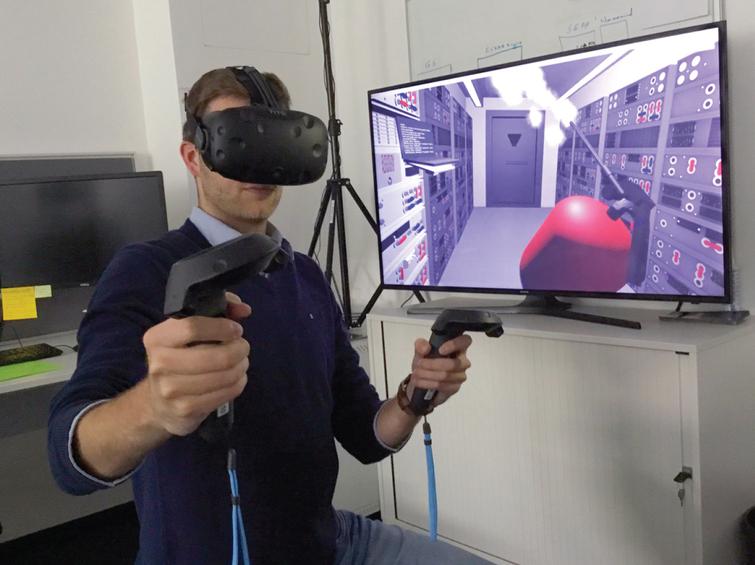Virtual Reality
Virtual Reality is a computer generated environment that includes scenes and objects that appear to be real, to create simulated surroundings
for the user to interact with. The user typically perceives the environment through headset or helmet, and objects appear 3-Dimensional to
appear as close to reality as possible. It is fully immersive and everything seen by the user is part of an environment artificially constructed
through realistic images and sounds.
Click here to learn more

While the concept of this technology is not new, advancements in virtual reality have allowed it to be more practical and accessible to people
in recent years and serve new purposes. Things like medicine, culture, education, entertainment and architecture are some of the areas that have
already taken advantage of this technology. For example, the use of VR as part of a treatment for Parkinson’s patients has shown to have reduced
the effects of the disease in several of the patients.
Click here to learn more

Other uses of this technology involve uses in entertainment where users can enter a scene in a video game or practice extreme sports without
strenuous activity. This simulation of reality can also be applied to things such as virtual tours and immersive journalism. Another way this
technology is used in a more practical sense is in architecture which can allow professionals to better envisage a space and present the project
to their clients. By allowing industrial workers to create exact digital copies of physical objects that factory workers can practice on and test
in a virtual world, it also contributes to an increase in safety measures for workers.
Click here to see uses for VR

The future holds even more potential for growth for virtual reality, with improved quality of immersion and more practical and efficient use.
VR creators are even working on involving touch and smell into the VR experience to further immerse the user. The more widespread that VR
technology becomes, the cheaper and more efficient the technology can become and the more people can benefit from it around the world. In fact,
the value of the market for VR business equipment is forecast to grow from $829 million in 2018 to $4.26 billion by 2023, according to research
by ARtillery Intelligence.
Click here to learn more about the future of VR